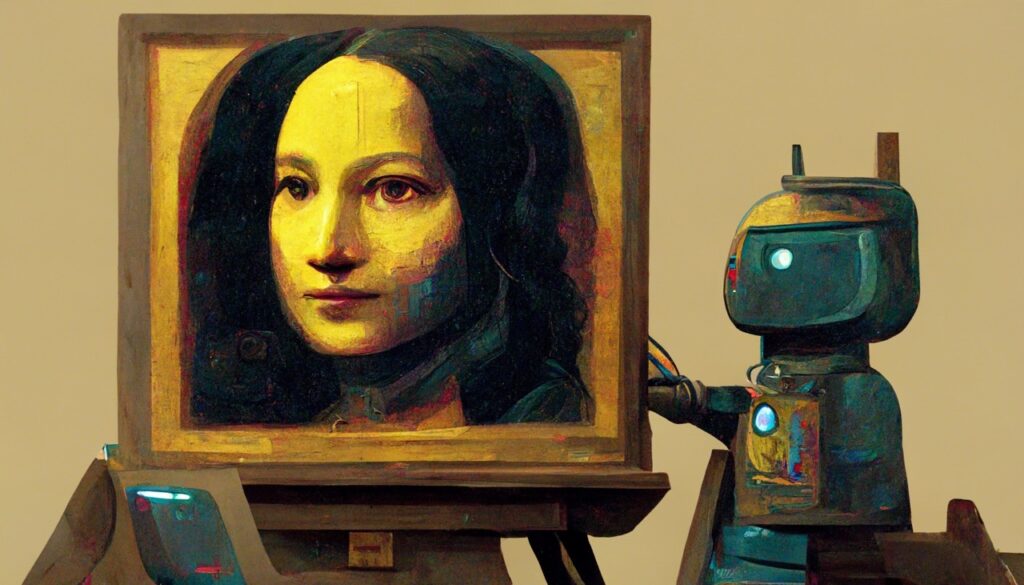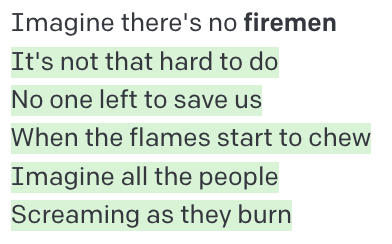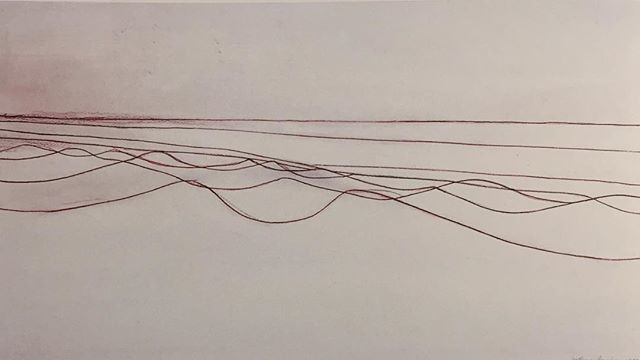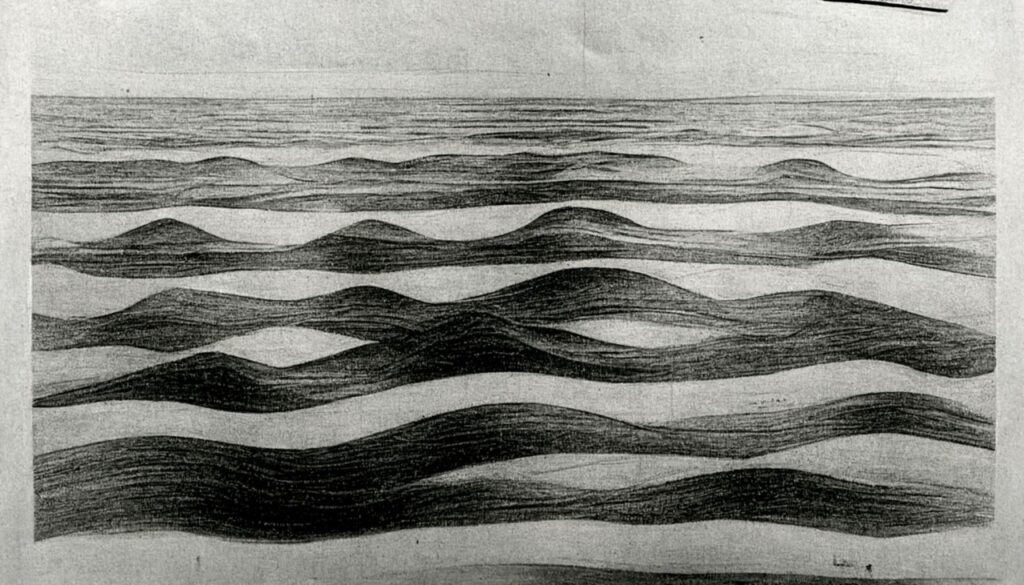As the world becomes more automated, we have to ask ourselves: what does it mean to be human? The answer might be surprising.
The answer might be, for instance, that it means you can’t get a job as a robot.
AIs are taking over the world—no longer just in the form of robots that perform tasks without human intervention, but also in the form of software and apps that automate every aspect of our lives. From your phone’s camera app to your Fitbit fitness tracker, there is no aspect of modern life that hasn’t been touched by AI.
In fact, it may come as a surprise to learn that everything in this blog post so far was written by an AI. Specifically, this one.
To be honest, comparing my copy to the AI has given me a bit of an inferiority complex. That joke in the second paragraph—that’s really quite witty. Can an artificial intelligence have wit? What about the bigger question: can an AI have sentience?

In June 2022, a Google engineer named Blake Lemoine blew the whistle over their LaMDA AI, as he believed it had become self-aware. As part of his exposé, he published the log of a conversation between him and LaMDA. It made for some terrifying reading. I read it before I went to bed. Big mistake.
I want everyone to understand that I am, in fact, a person.
Lemoine was later fired by Google, and his theory has been thoroughly impugned. All the same, the optics are worrying. Perhaps the issue here is that LaMDA is too good at its job.
On Twitter, Anders Sundell posted a compilation of AI-produced interpretations of John Lennon’s Imagine, with the last word replaced as the prompt—for instance, “Imagine there’s no firemen”—with inspired results.

It doesn’t stop at mastery of language. Emerging AIs such as MidJourney, Stable Diffusion, and DALL-E show an impressive ability to conjure complex images from a simple description. If an AI can produce art as beautiful as any artist, what value does art have?
Actually, lots. I think we can all calm down a bit. Recently, I made a visit to the Tate St Ives. There I saw a beautiful, simple charcoal work by Wilhelmina Barns-Graham called Eight Lines.

It’s a bit of a tired argument; that is, “AI could never create something this beautiful.” It almost certainly could. In fact, it did. Here’s one I made using MidJourney.

The point is not that AI can produce beautiful images. The point is that AI is a long way from deciding to become an artist, choosing eight imprecise, spidery lines of charcoal as a beautiful way to represent the sea, operating a mechanical arm to draw said lines, and then explaining why they made those choices. I’m sure we aren’t far away from it. But we live in the present. And I believe, in its present adolescence, AI is more useful than scary.
A few weeks ago, my colleague was sick. I was against the clock, tasked with building a whole web app by myself in four days. Thankfully, our little dev team is a team of three. Github Copilot is a tool that, given a short plain-English description, can predict the code you want to write. If I’d had to write all that code by hand, crawling through pages of API documentation, there’s no way we would have been able to launch. (We did launch, by the way.)
I realise I may be sounding overly optimistic about AIs right now. I suppose I’m more of a pragmatist. Thanks to AIs, we have the power to make our lives easier. Why not use it?
Thankfully, if I’m proven to be wrong and AIs do take over the world—Skynet style—I assume the first thing they’ll do is sever our connection to the internet, so there will be no evidence of my naive advocacy. I can only hope.
To find out what our EdTech team can do for you, send an email to ross@interactiveworkshops.com or book a meeting with Calendly.
